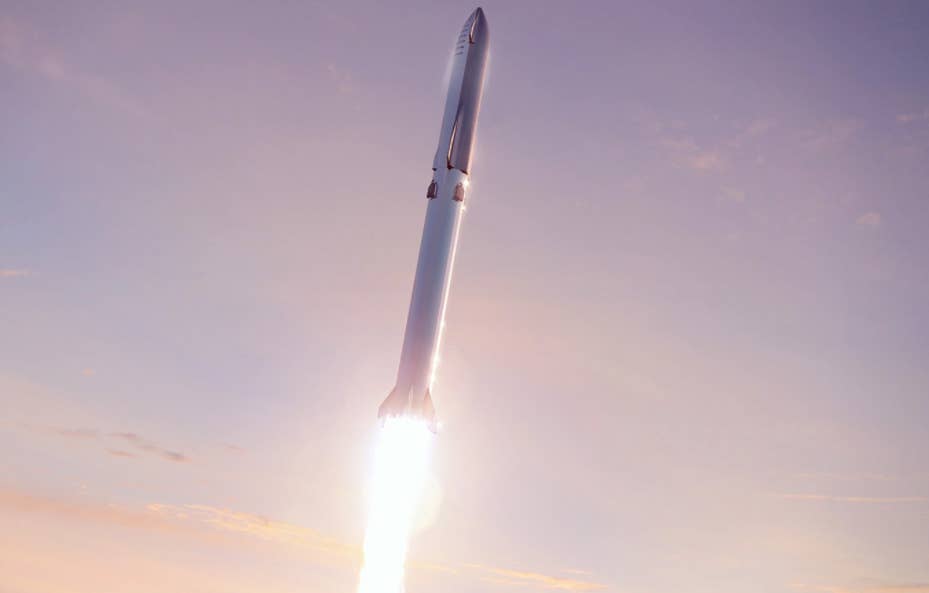
An artist’s rendering of Starship and Super Heavy in flight. SpaceX
A new FAA draft report assessing potential environmental impact suggests SpaceX may ultimately be allowed to launch larger rockets from its Texas Boca Chica site.
SpaceX is working with the FAA to win permission to launch its large Super Heavy booster rocket and Starship upper stage from the site, which is located on the Gulf of Mexico about 25 miles from Brownsville. The rockets are designed for future missions to the moon and Mars.
The 149-page report, released Friday, says SpaceX’s proposed plans would appear to have no significant impacts to noise, air quality, climate change, or local wildlife in the area.
The next step is a month-long FAA comment period on the report, including two virtual public hearings.
SpaceX founder and CEO Elon Musk is encouraging people to add their voices to the debate. “Support is greatly appreciated!” Musk tweeted Friday. “Humanity’s future on the moon and Mars & beyond depends upon it.”
SpaceX plans for Starship—measuring nearly 400 feet—to eventually make humans an interplanetary species.
Please add your voice to the public comments. Support is greatly appreciated!
— Elon Musk (@elonmusk) September 17, 2021
Humanity’s future on the moon, Mars & beyond depends upon it.
Thanks,
Elon https://t.co/5K6Wda57EP
The Boca Chica launch site is located in what the FAA describes as a “sparsely populated coastal area” which includes “unvegetated tidal flats, shallow open water, low sand dunes, and salt flats.”
Regarding local animals and fish, the FAA draft report says the “proposed action is not expected to have significant impacts on terrestrial habitats or wildlife populations” and “the likelihood of impacts” on fish and other marine life are “extremely low.”
However, the report says SpaceX’s proposals “may affect and is likely to adversely affect” several species listed in the federal Endangered Species Act, including birds and sea turtles. The FAA said it was consulting with the U.S. Fish and Wildlife Service to further evaluate the potential impact and said it would include results in its final report.
Construction Impacts
“Construction activities are not expected to result in significant noise impacts,” the report said. “Noise from individual launch, landing, and static fire engine test events is expected to be heard by people in the surrounding communities.” However, that is “not expected to cause general annoyance or pose health concerns,” said the FAA. Overall, SpaceX’s proposals are “not expected to result in significant noise impacts.”
SpaceX estimates approximately 7 metric tons of liquid methane would be released into the atmosphere during Starship fuel loading, according to the report. Activities related to launch of Starship are “not expected to result in significant impacts to air quality,” the report said.
Following the end of the FAA comment period on October 18, the FAA will move forward toward a final report. Any final FAA license to launch the larger rockets would come after that.

Sign-up for newsletters & special offers!
Get the latest FLYING stories & special offers delivered directly to your inbox






